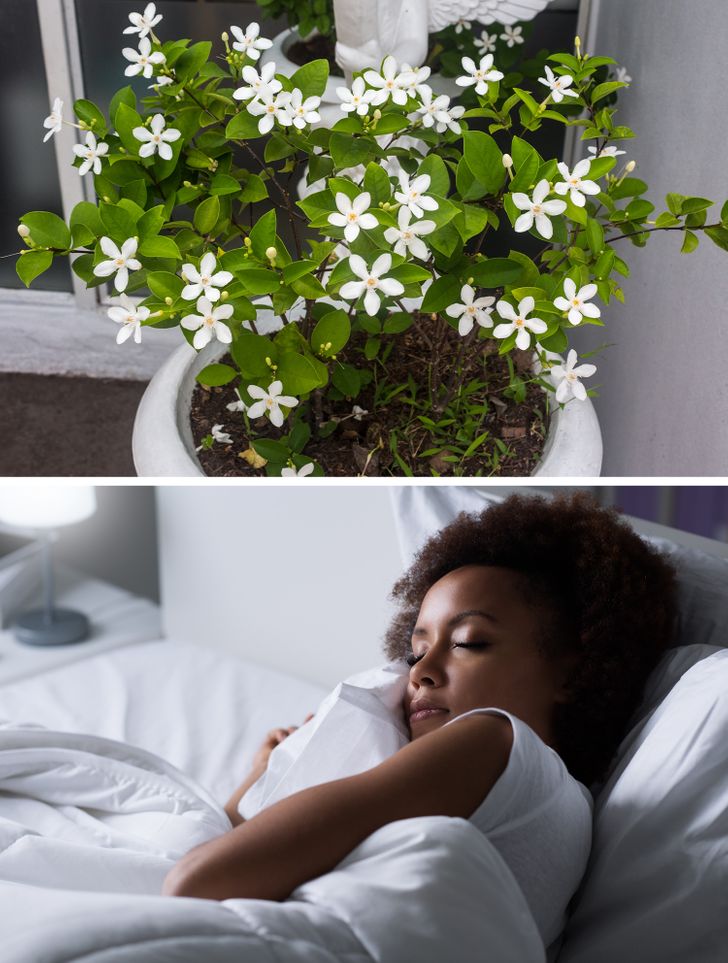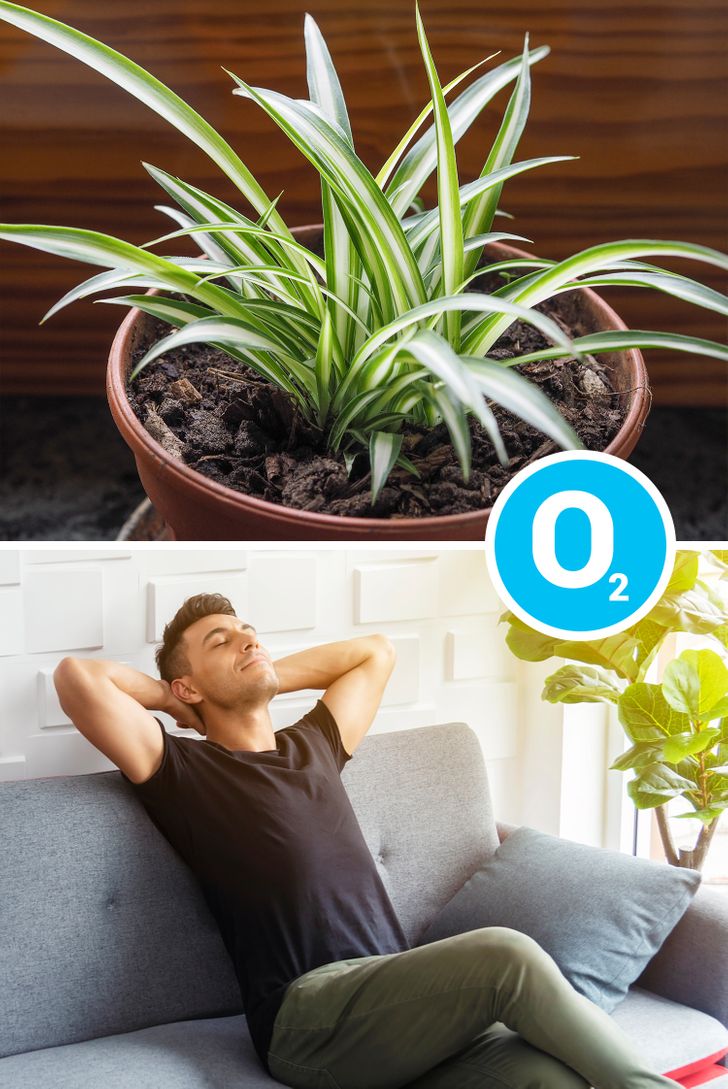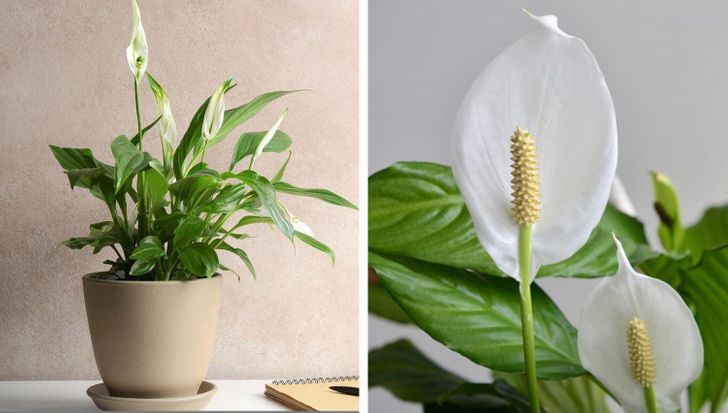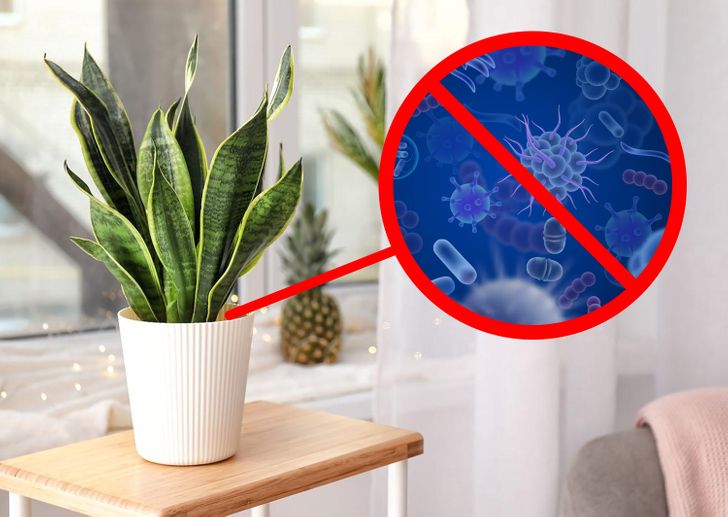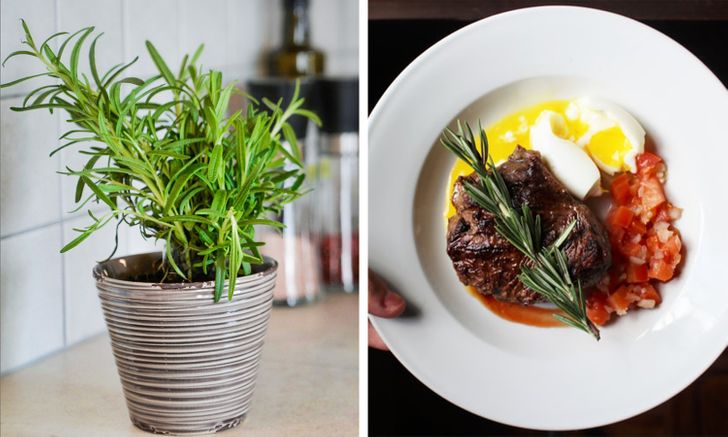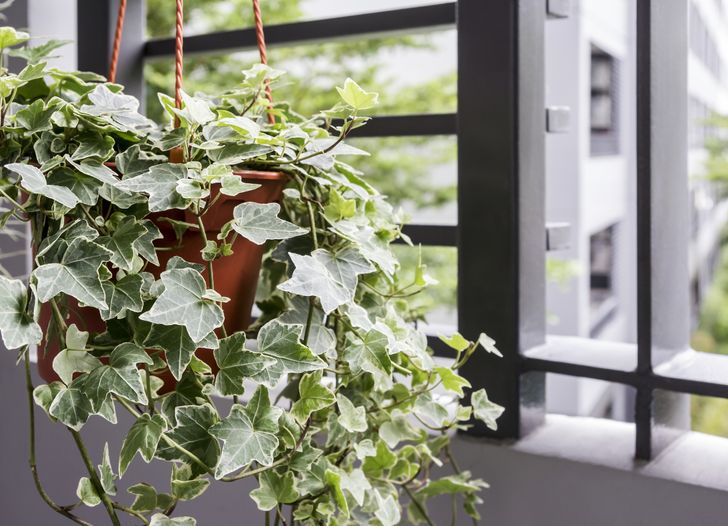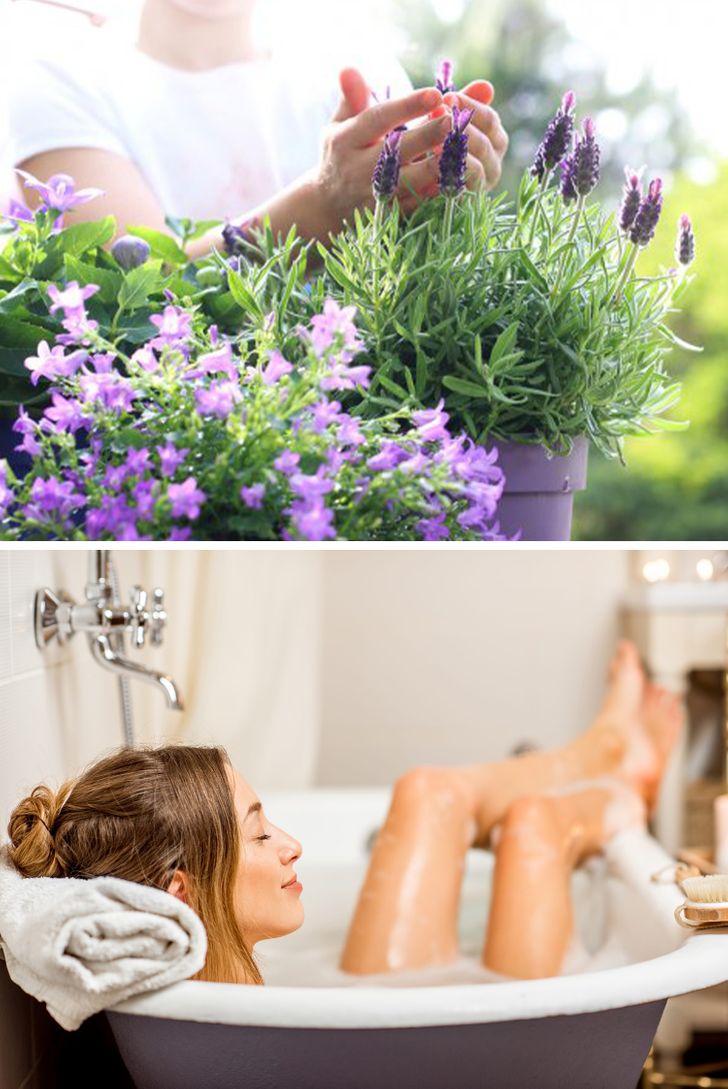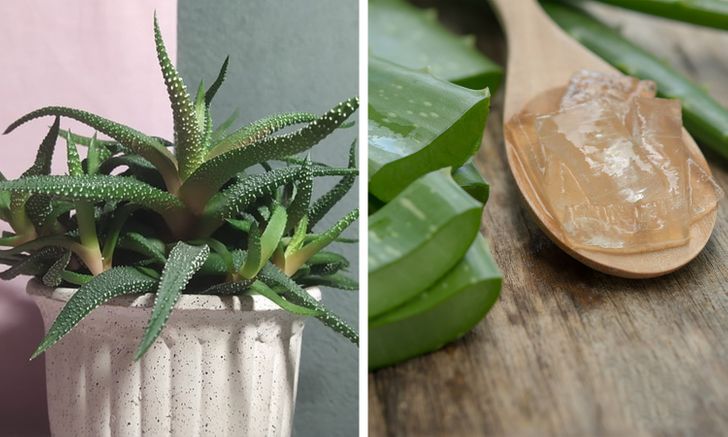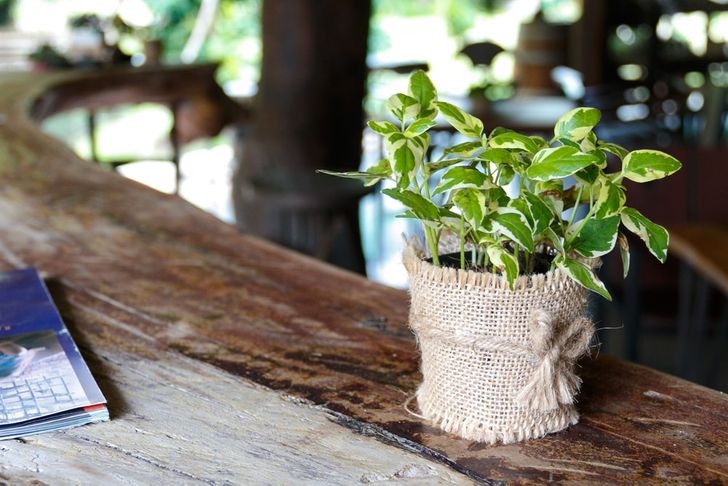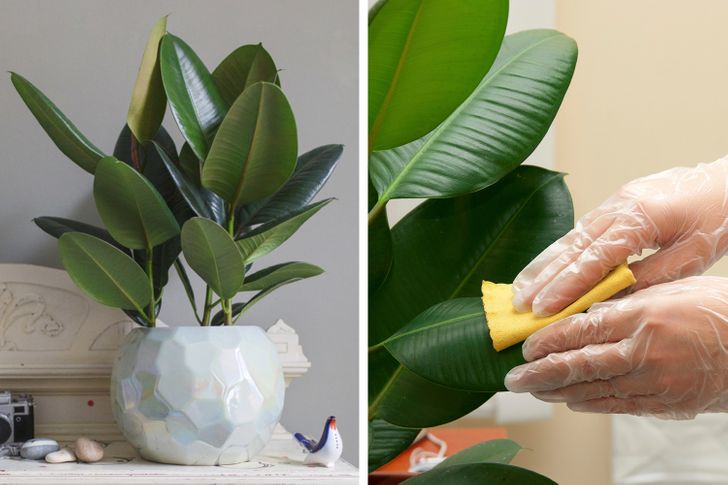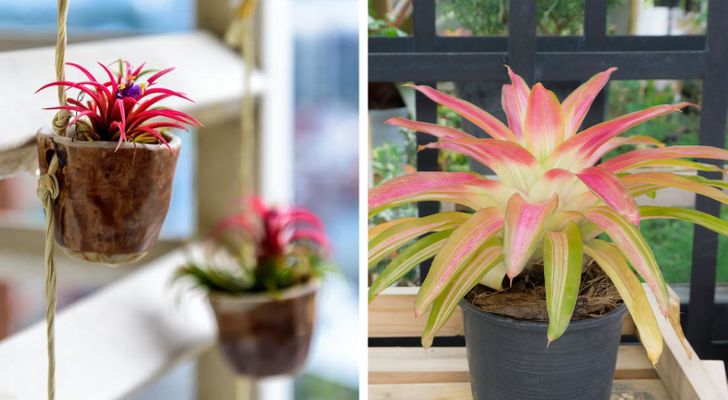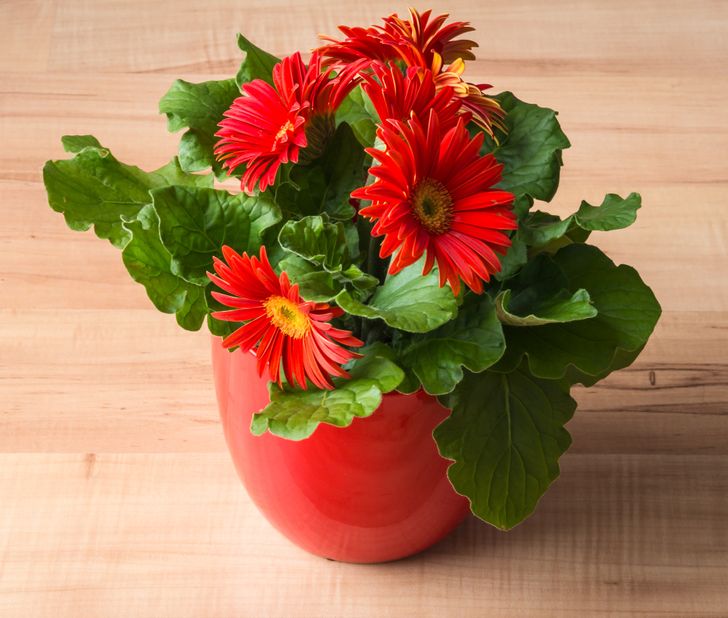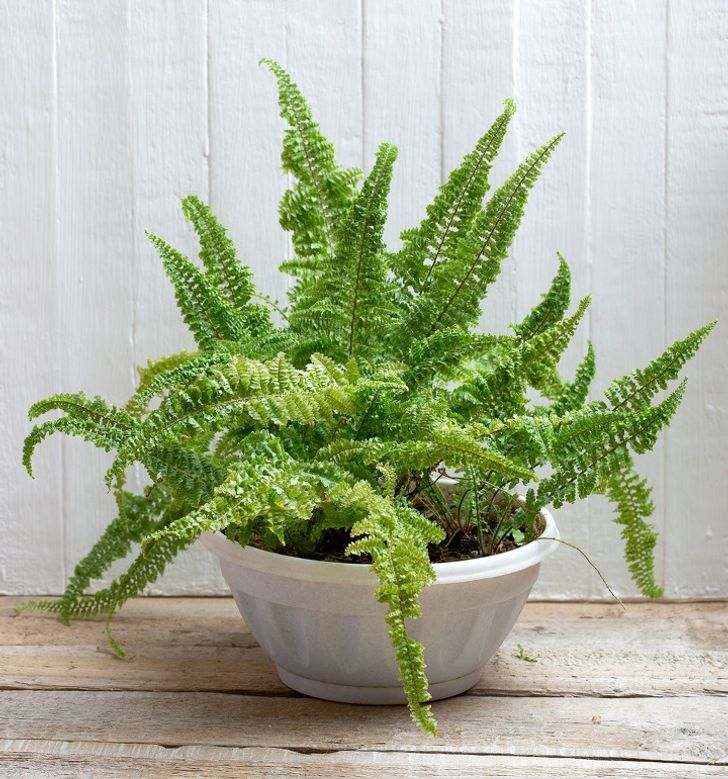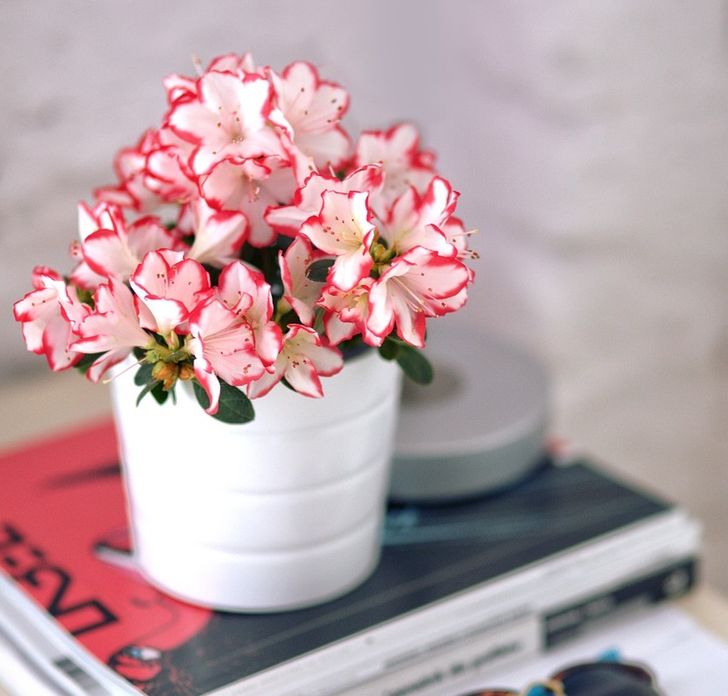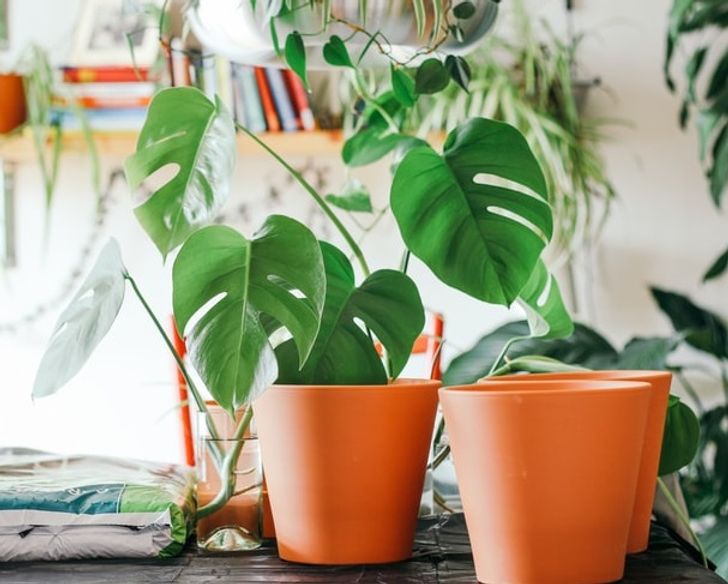I do have some of them such as peach Lily, golden potos, rubber tree, spider, etc...
Best Indoor Plants | 15 Plants That Are Good for Your Health
Here are the best plants for indoors that will improve your health as well as liven up the interior of your home. These plants are good indoors, easy to care for, and best at purifying the air around them.
1. Jasmine
Jasmine has a great effect on our mental health due to a chemical that relieves anxiety, treats mood swings, improves sleep quality, and, in larger quantities, raises immunity and even can increase libido.
Plant it in a pot of well-draining soil, in the sun, and feed it every week with high potash fertilizer throughout the summer. It’s recommended to grow it next to a wall or a fence in a sunny area. Even though you can also plant jasmine in the shade, they’re best when out in the full sun.
2. Spider Plant
Spider plants are great fighters against formaldehyde, carbon monoxide, and other toxic air impurities — these pollutants can be found in paper bags, waxed paper, napkins, plywood paneling, and synthetic fabrics. If you don’t have much of a green thumb, a spider plant is perfect for you, as it doesn’t require much care.
Spider plants generally like when the moisture is even, so it’s best to not let them get too dry or too wet. They should also be kept in bright to moderate indirect sunlight, meaning that they don’t really like when it gets too hot since it can burn their leaves (resulting in brown spots). They grow very fast, so it’s important to repot them every other year.
3. Peace Lily
Peace lilies are great for home decor because, in the summer, they have beautiful white flowers, but that’s not everything they can do. This houseplant is a pro at removing air pollutants — absorbing ammonia, formaldehyde, and trichloroethylene and making the indoor air cleaner. It also produces pollen and a floral scent (beware if you have pollen-related allergies).
To plant them, the soil that you use should be great at holding moisture and drying out slowly over time. This is because peace lilies don’t appreciate getting dried out completely, but they also don’t like when they are kept in soil that’s always wet — as this can create fungus in the roots. Try to repot your peace lily plant every other year during the spring because of the fresh soil. In the end, it may outgrow your pot, making it dividable, so it might be best to take it out of your pot and split it up into smaller parts.
4. Snake Plant
The snake plant is a great houseplant for the bedroom, as it’s known for improving indoor air quality. Snake plants remove all sorts of toxins, including trichloroethylene, formaldehyde, toluene, benzene, and xylene. To optimize the air purifying process, you’ll probably need more than one plant. Considered to be one of the easiest plants to care for, snake plants like indirect sunlight.
These types of plants can be grown from seeds as well, and it may take you about 3 to 6 weeks before seeing them pop up. However, it’s best to plant them this way. They like indirect sun, but it’s also advisable to sometimes give them direct sun — they can adapt to it easily. Snake plants like a loose and well-draining potting mixture, since they do best in sandy soil.
5. Rosemary
Rosemary is mostly known as an herb that improves concentration and memory. It’s also used to ease muscle pain and boost the immune and circulatory systems. As a bonus, you can use its fresh leaves when cooking.
During their growing season, it’s important to water your rosemary plants evenly — and not too much. They generally don’t need fertilizer, however, if you see some blemishes and they look small, then you can use one. During the winter, if you want your plant to be fresh, it’s advisable to grow it indoors in a pot and let it soak up some bright light.
6. English Ivy
English ivy purifies up to 90% of airborne mold that can trigger allergies and it helps people with asthma breathe better at night and have a more restful sleep. Be aware that ivy is poisonous if eaten by pets or small children.
It’s important to check the soil before adding water to your plant since they like to be more dry than wet. Whether your ivy is an indoor flower or placed outdoors, they like even and moist but not soggy soil. They grow best in between 70°F and 90°F — they don’t like the cold winter winds or the difficult summer heat — they truly are a picky plant.
7. Lavender
Lavender — as a plant or a sachet — is a great help to relieve stress and insomnia and soothe restlessness, nervousness, anxiety, and depression.
It’s best to plant your lavender in April or May when the soil can warm up naturally. Try not to plant them in the winter, since they can die in cold, wet soil. If you have a garden outside your house, it’s best to plant them there. But they also grow well in containers. They generally need a lot of sun and may die in the shade, dampness, or very cold temperatures. It’s recommended to keep it in dry fertile soil, as it will not survive under clay soil conditions.
8. Aloe Vera
Aloe vera is famous for its healing effects. It smooths and moisturizes irritated skin and can treat burns, sunburn, frostbite, psoriasis, and even cold sores.
Aloe vera needs bright light to survive. If you are planting it outside, then about 6 hours in the sun may be your best solution. If you’re growing it in your house, place it next to your window so that the bright light can reach it from the outside. Aloe likes its soil to be kind of acidic (around 6.0), but it is also able to adapt under different conditions.
9. Golden Pothos
Golden pothos is great at removing chemicals like trichloromethyl from the air — they’re mostly found in glue, paint, and detergent. Pothos is extra hard to kill, so if you don’t have a green thumb, it could be a great starter plant for you.
Out in the forest, Pothos can grow 60 feet tall, but in your house, you can expect them to grow about 6-10 feet long. They like bright and indirect sunlight, but they can tolerate being under different conditions as well, like medium to low light. However, it’s important not to put it under strong, direct sunlight, as it can burn the leaves. Try to water your precious plant every 1-2 weeks, so you can leave the soil to dry out for some time.
10. Rubber Plant
Rubber plants tend to grow large, though they’re not very difficult to care for. The huge leaves absorb all the bad things from the air. That’s why you shouldn’t forget to wipe the dust from the leaves.
This plant really likes bright light, but make sure it’s not too hot. Try to put it next to your window that has curtains so it can cover up the light a bit, and again, make sure it’s not too hot. It’s important to keep it moist during its growing season, watering it a minimum of once weekly. However, try not to water it too much since the leaves can turn yellow and even fall off.
11. Bromeliads
Bromeliads absorb up to 90% of poisonous chemicals like benzene. Bright and sunny spaces are perfect for this plant.
These babies are easy to take care of, and they don’t need special tools or fertilizers to thrive. When watering, try to empty it out every week to get rid of the debris and dead insects inside. They like to be kept most in nurseries and garden centers and need bright light when indoors. They also do best in shallow pots.
12. Gerbera
Recently NASA called Gerbera daisies the best plant for removing benzene from the indoor air and producing oxygen at night. That can help those who suffer from insomnia and sleep apnea, according to the Lung Institute.
Gerbera daisies like full sunlight, but they don’t do very well with too much heat. If you live in a very hot area, it’s advisable to plant it somewhere where there is shade in the afternoon. They need to be watered each week, but make sure you only water them when their soil is completely dried up. If you live in a cold climate, then try not to overwater them.
13. Boston Fern
The Boston fern is said to be a great natural humidifier. It also helps with air purifying and combatting formaldehyde and other unwanted toxins. Ferns are easy to grow and prefer indirect sunlight, just check the soil daily to make sure it’s moist.
Boston ferns like bright and indirect light, but too much shade or too much sun is not the best idea. Try to make sure your soil is a bit moist but not too wet over the spring and summer, which is when it grows best. Watering it weekly may be your best bet. Throughout the fall and winter, try to lessen the number of times you water it to every other week. However, keep a lookout since it’s also not recommended for them to dry out during this period.
14. Azalea
In addition to being a gorgeous colorful flower, azaleas improve indoor air by absorbing chemicals. Make sure to keep azaleas misted because they like a humid environment.
It’s preferable to plant azaleas during the spring in cool, shaded areas. Try not to expose it to the full sun as that can burn its leaves. They look best when planted alone, but if you have other plants, it’s okay since they work well in larger spaces as well.
15. Philodendron
Philodendrons are well-known for filtering out toxic chemicals like xylene and formaldehyde from the air. These plants like low-light areas and don’t require much care, but might be dangerous for small children and animals if eaten.
Philodendrons like it best in moderate sunlight. They definitely need sun, but if you place them inside your house, then put them next to a window so they have access to bright and indirect light. Also, try to make sure they don’t get too much light, as this can make their leaves become yellow.
Do you have any of the plants we mentioned above at home? Do you know any other useful plants we could add to the list? We`d be happy to hear from you in the comments below!
Comments
Humor
This is really cool, I love plants and I want to fill my house with them when I move out
There's a very popular indoor plant called geranium, I have it at home - it is a natural remedy mainly because of its anti-inflammatory effects. You can either make herbal infusion at home, add its leaves to a salad or just simply inhale it, looks like this:
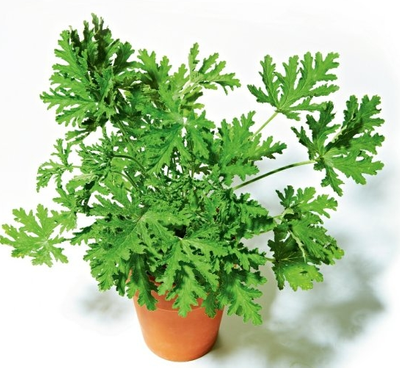
Welcome to the world of exquisite living with ViewRealty, where we redefine the essence of home by offering premium 3 BHK flats that blend luxury, comfort, and style.
3 BHK Flats for Sale in Hyderabad
Related Reads
The top 15 plants for removing indoor toxins according to NASA
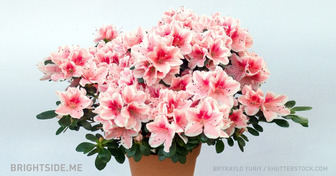
15 Examples of People Whose Wives Just Rock Their Funny Bone

15+ Parents Proved That Life With Them Is Full of Surprises

11 Things That Suddenly Became Popular Thanks to Movies

Zac Efron’s Appearance a Few Days Ago Leaves Fans Shocked and Worried

17 Celebrities Who Ditched Diets and Made Us Admire Them Even More

15 People Who Were Lucky to Capture Their Own Miracle

What the 10 Most Beautiful Women Looked Like Before They Became Widely Popular

16 Times Kids Surprised Us With Their Responses

Young Woman Documents Her Double Jaw Surgery, and Leaves Everyone Stunned With the Results

15 Photobombs That Prove Spontaneity Is the Spice of Life

23 Times People Were So Eccentric, We Can’t Look at Them Without Eye-Rolling

